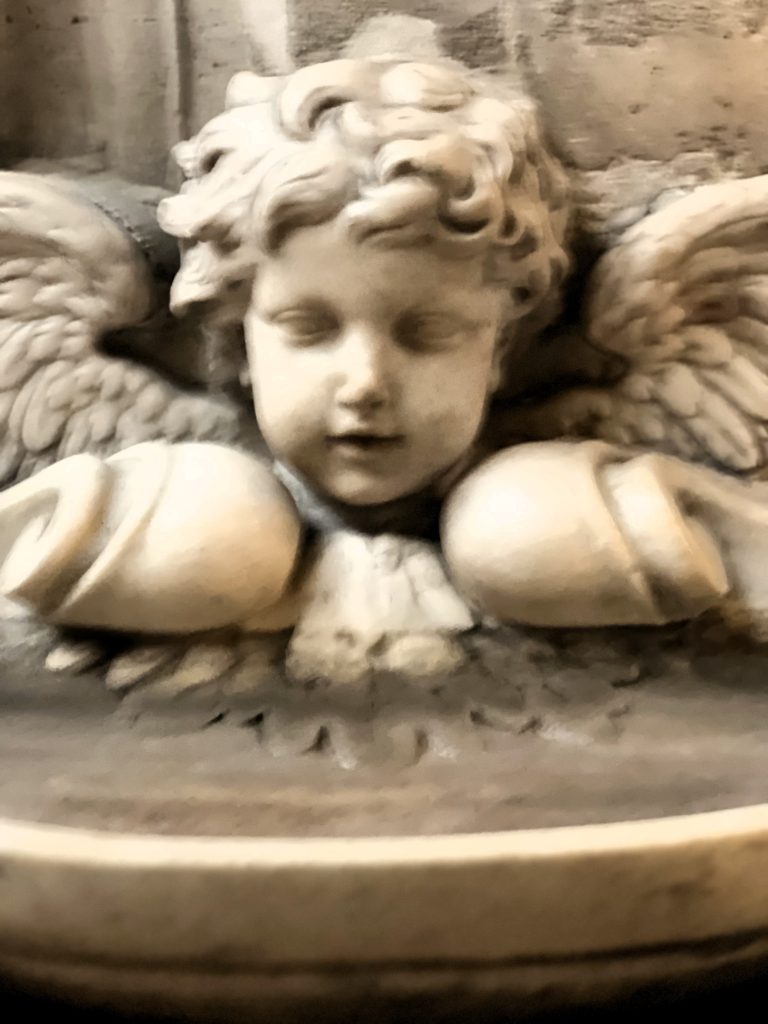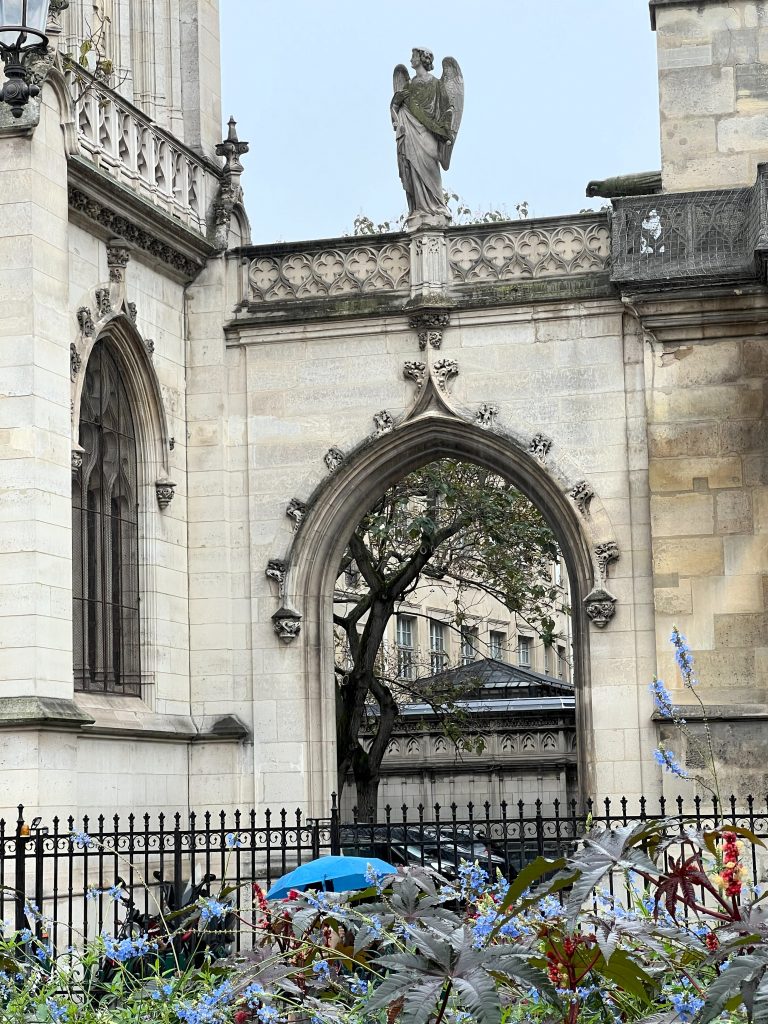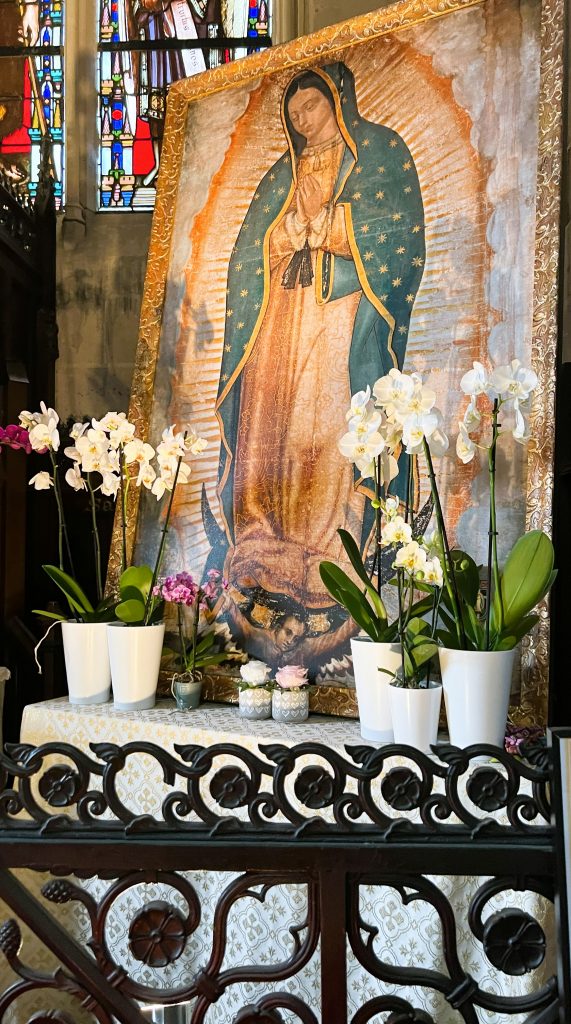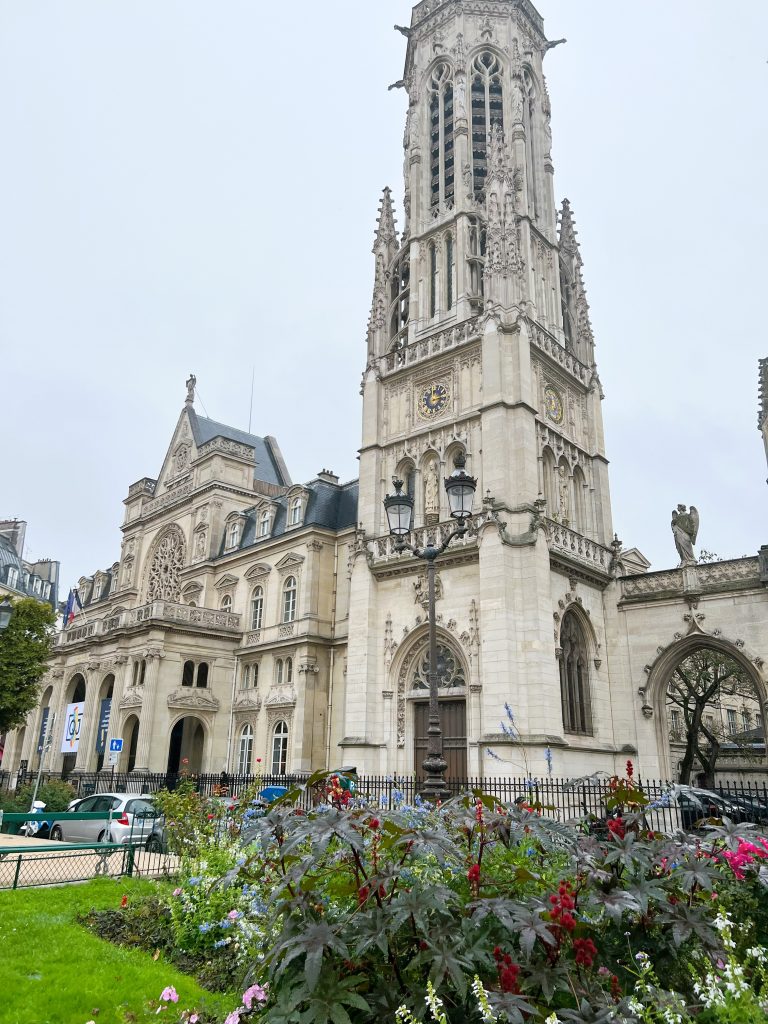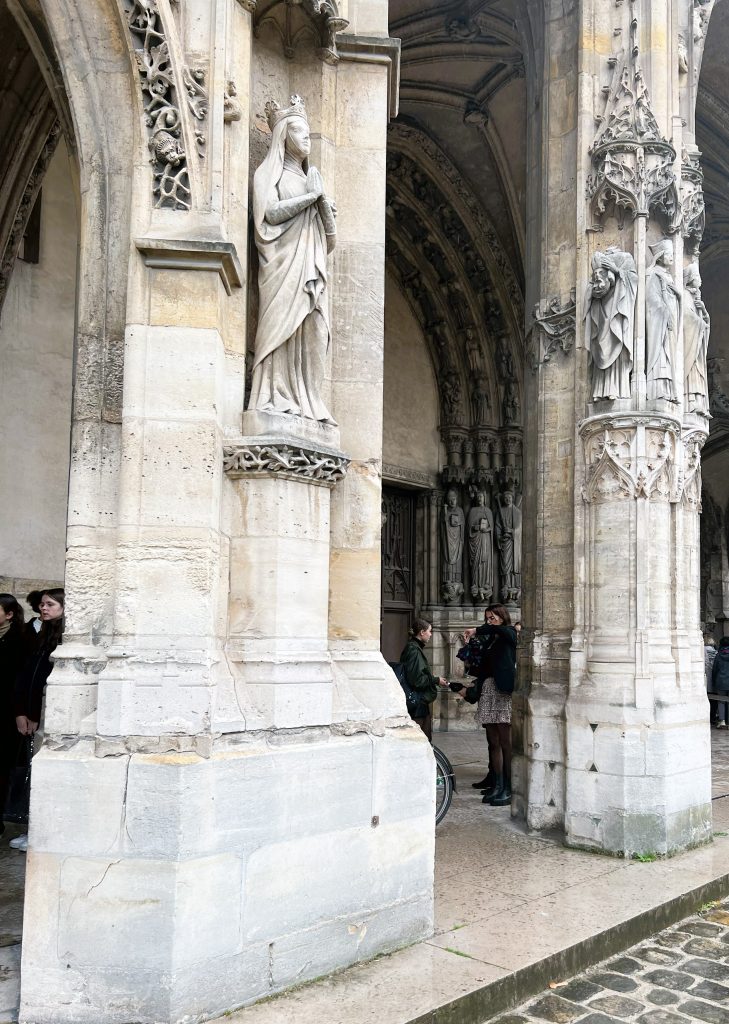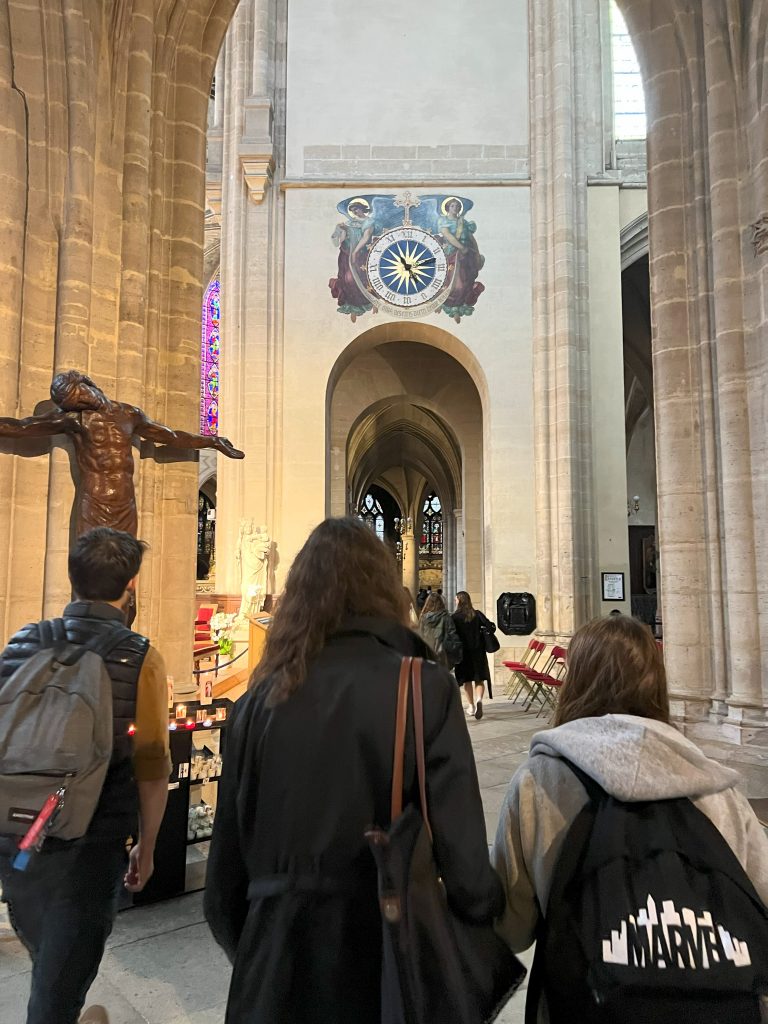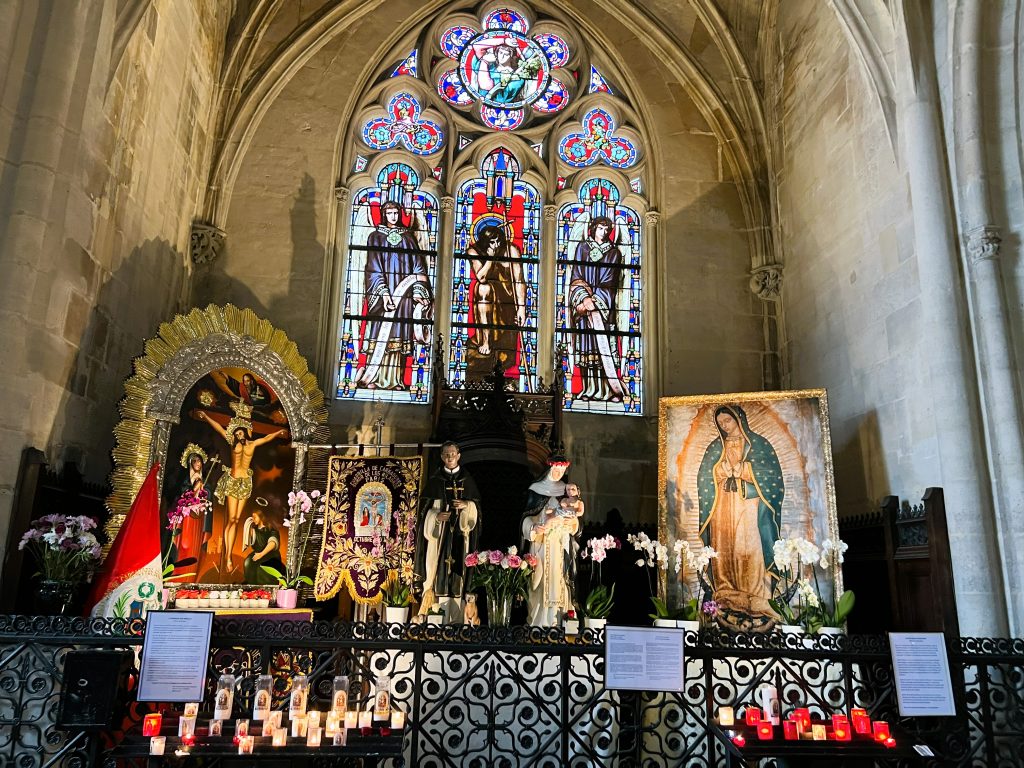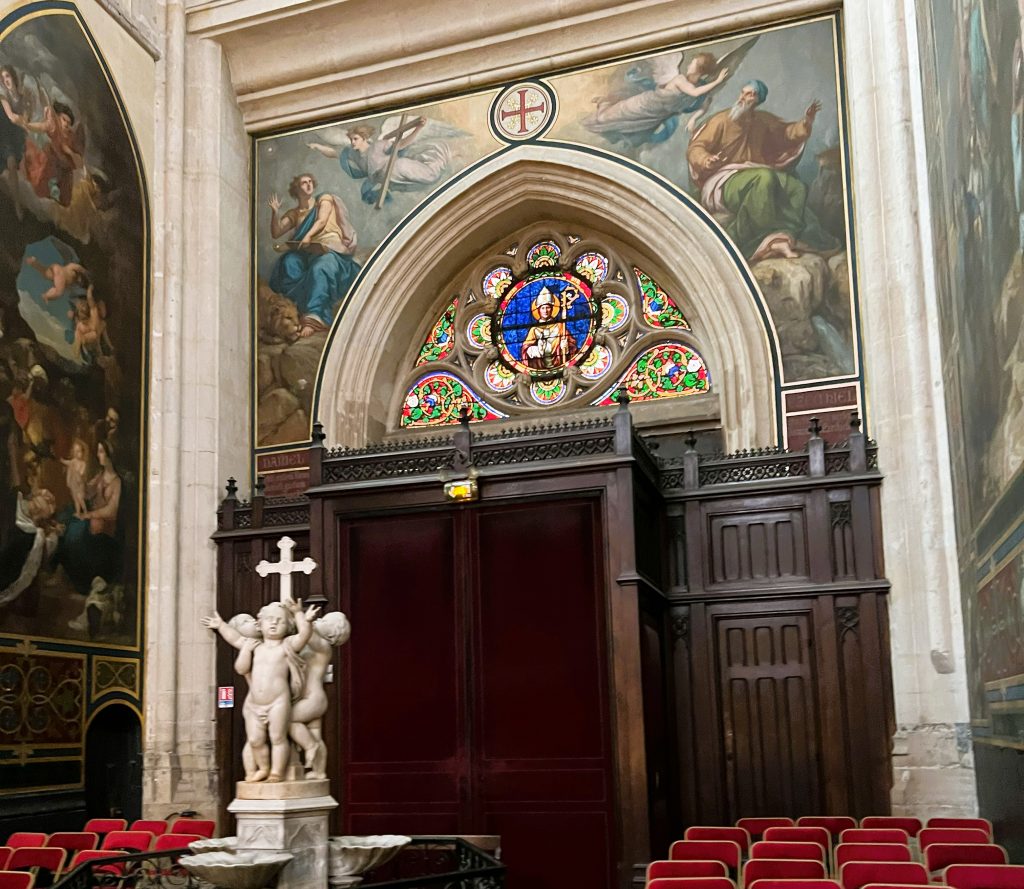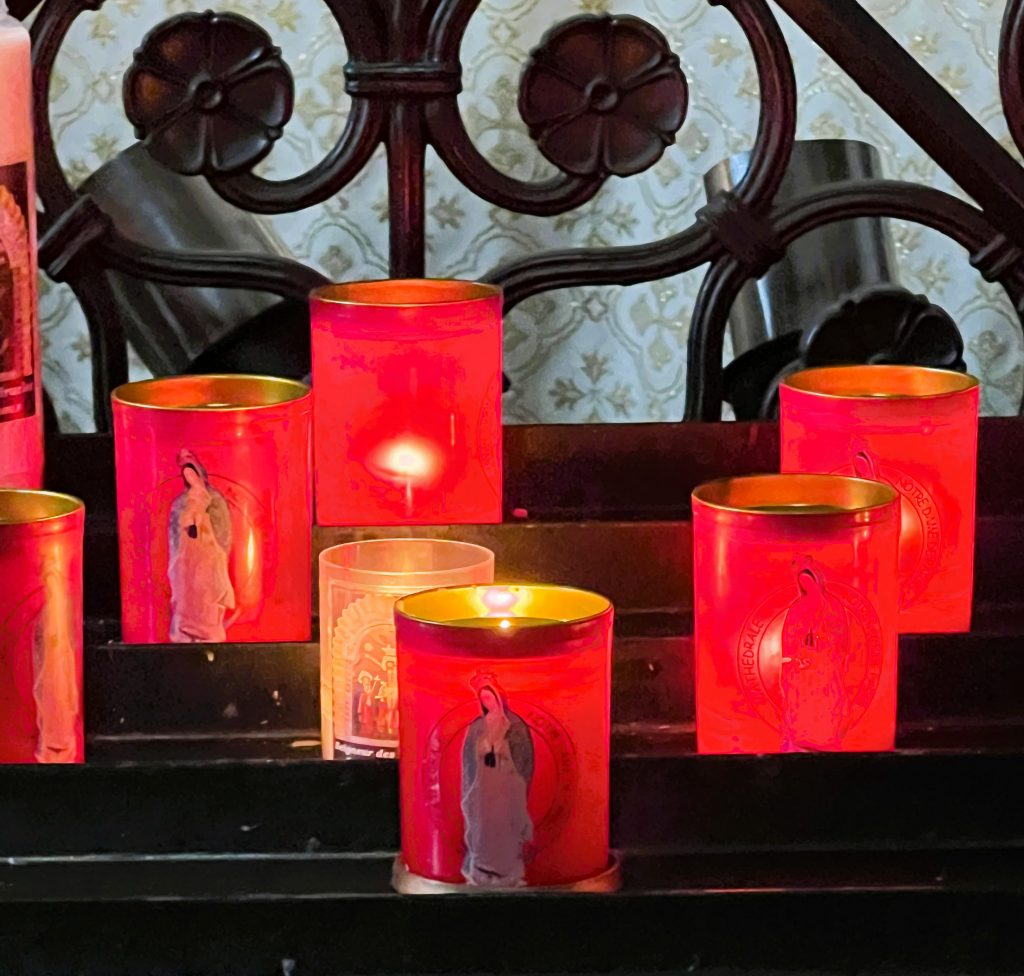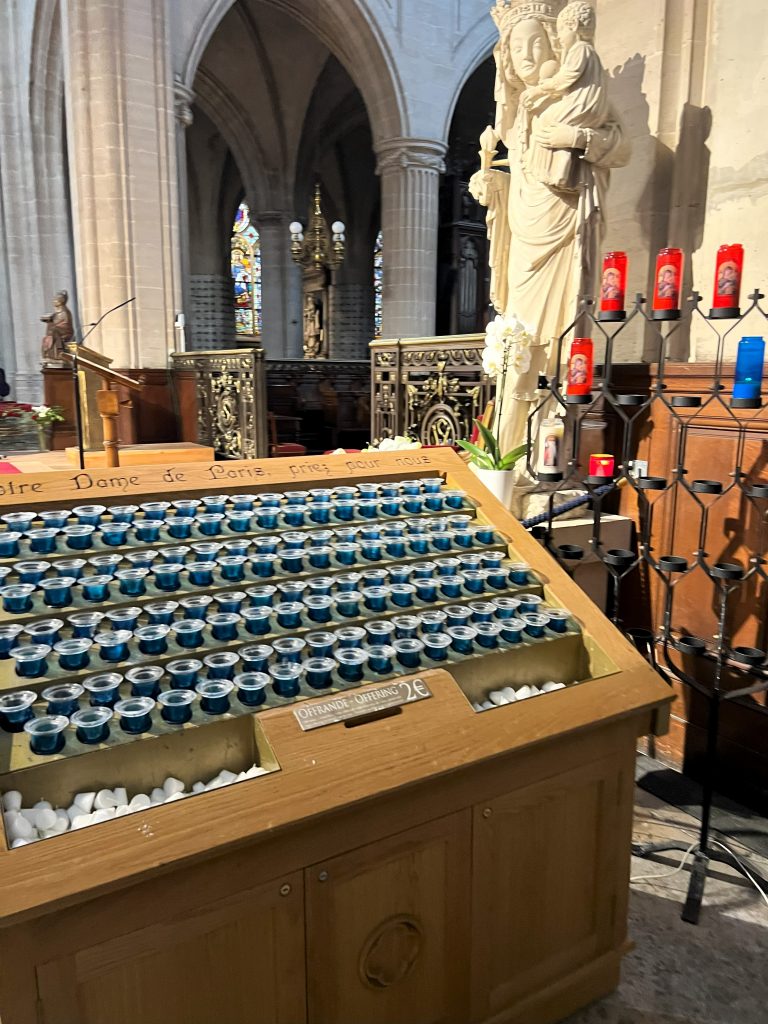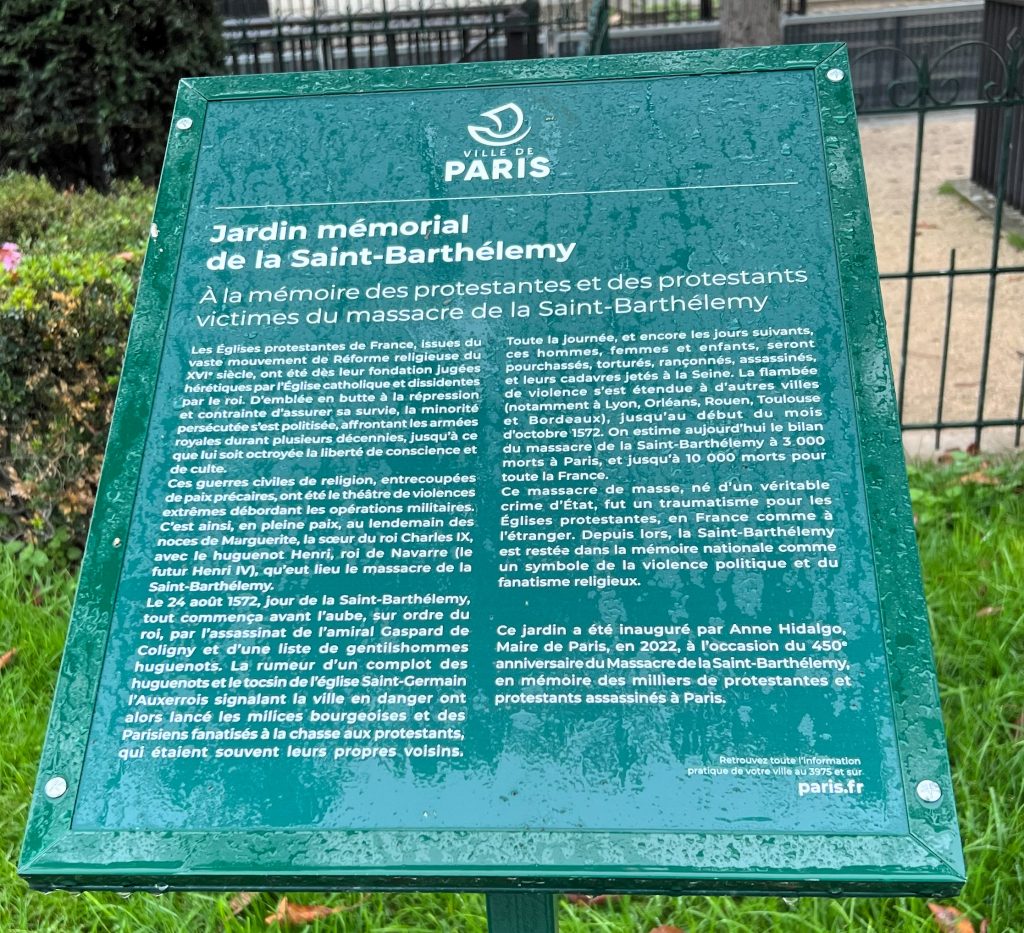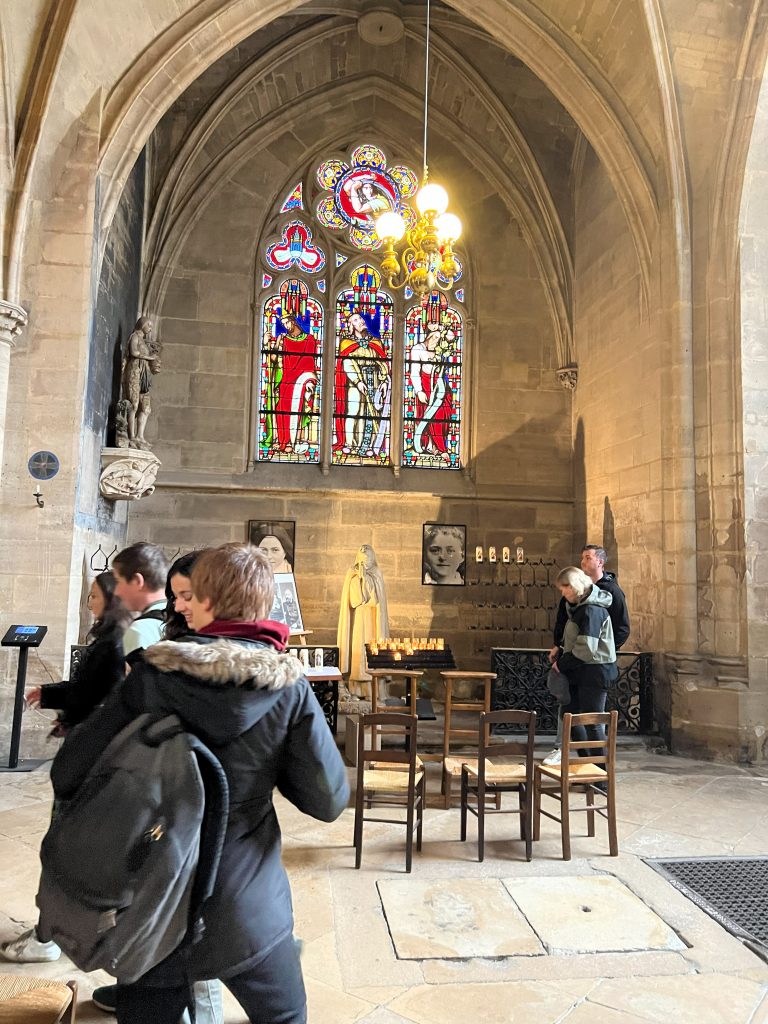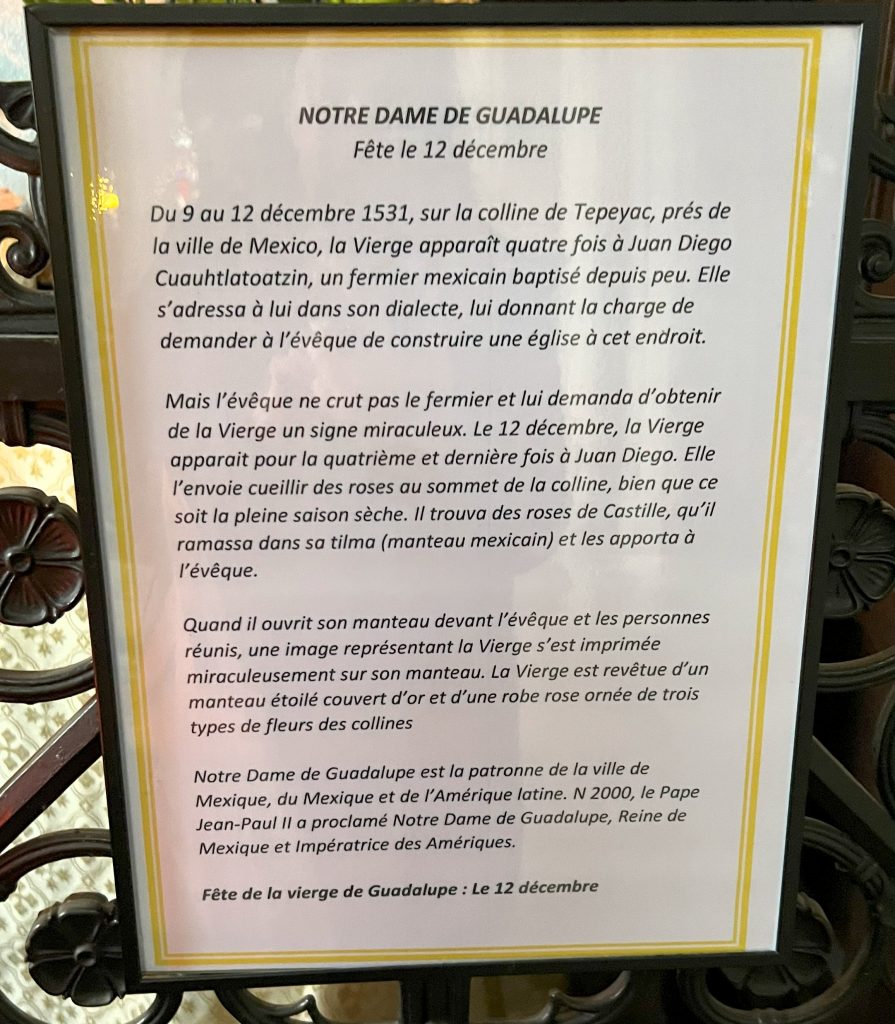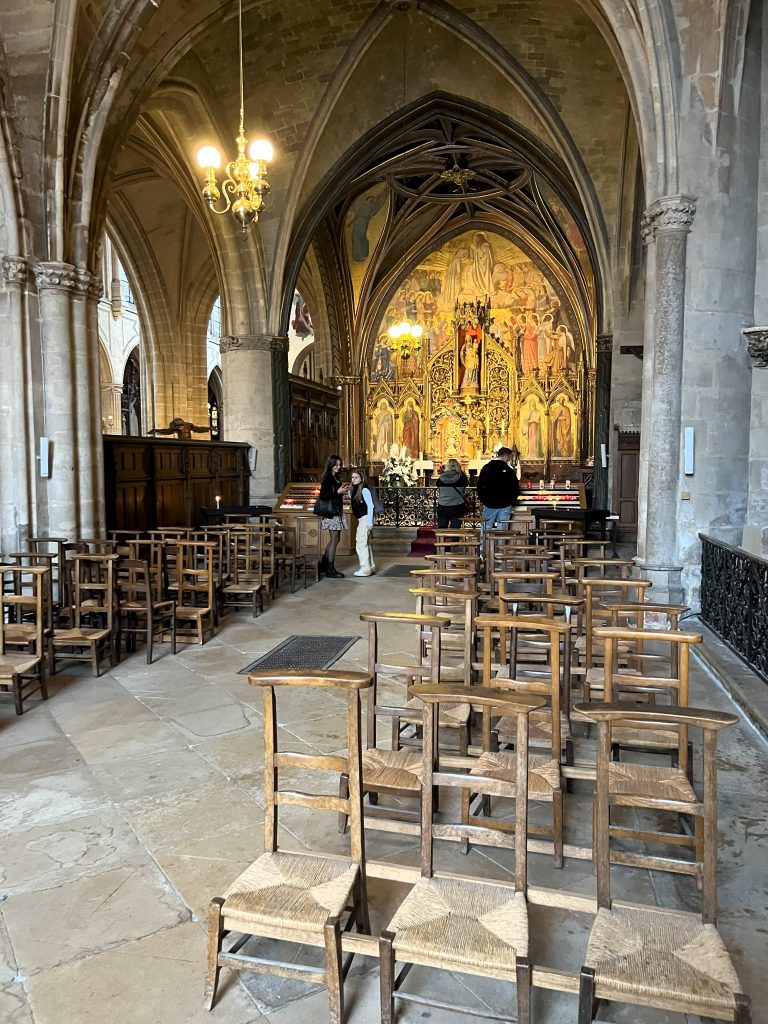I had two deeply beloved aunts that have loved and sustained me all my life, but sadly now have only one precious little auntie left. I lost my beloved Auntie Pita on September 25th, 2022, just before I traveled to Paris. Her loss was huge for the family, for my cousins and my uncle, and for my other aunt. It has been a hard and very sad time. I spent days grieving, feeling completely flabbergasted at the loss of such a pivotal and important person in my life. You see, my aunts were like mothers to me. My Auntie Pita was one of the softest, kindest, most gentle of ladies. Se gave me safety and comfort all throughout my childhood, and teenage years, as a young divorcee with four small kids to support years, and up to this, my sixtieth year. When I was growing up, she was a career woman, working for Pacific Bell. She was like the Mexican Mary Tyler Moore-stylish, elegant, strong, and yet, very feminine. She fostered my love of books and learning. I could never go to her home without being fed, given a book to read, and just loved without limit, without condition.
Losing her was a true gut punch and I am still just gutted by it, though France was somewhat healing for me, simply for the sensory distractions. My aunt Lupe Avila’s funeral was on October 13, 2022. I had already booked the trip to France, thinking that by then the funeral would have been held. I booked for the eleventh, and so missed her funeral. In my own way, I wanted to pay her the respect of a funeral, a wake, and a vigil. While I am not a Catholic, my aunt was, and out of love and respect for her, I was determined to include her in my trip, thought about going to nine churches to make it a kind of novena for her. I stopped at every church I found and lit candles, made donations in her name, and took photos of the glory that is French churches. Religious or not, the sheer beauty of a French church will take your breath away.
The first church I stopped in was on my first day in Paris in the rain. I stumbled onto the Church of St. Vincent de Paul and went in and lit a candle. I meant to go back and make a small donation and take photos of it, but France does things on its own time and many of my plans were changed because, well, PARIS. I will have to go back there someday, it was a gorgeous old church. I couldn’t go to Notre Dame because of the repairs taking place, but they had moved the chapel of the Virgen de Guadalupe (both my aunt and grandmother’ were named for this incarnation of Mary) to one of the churches with a bloody history – that of Saint-Germain-l’Auxerrois.
Read more: Lighting Candles Along the WayThe church Saint-Germain-l’Auxerrois lies directly across the street from the east end of the Louvre and is close to both Notre Dame and Sainte-Chapelle, one of the reasons it is often overlooked is that tourists naturally want the better-known churches. Saint-Germain-l’Auxerrois is beautiful though, in an ancient, and almost unassuming way, though the sculpture and stained glass are stunning. The building is in the Gothic style, with a vaulted nave and choir. The stained glass is gorgeous and somehow, survived the French Revolution. The church is the color of most of the ancient churches in Paris, a dirty yellowish-white that seems like history would feel if it were a color. You walk in and everything is hushed, it demands silence, reverence, and appreciation of its ageless beauty, but amidst all that beauty is blood, the French Religious Wars, which began in 1562.
Charles IX sought peace, permitting the Huguenots new rights of public prayer and betrothing his sister Margaret to Navarre’s Protestant King Henry III. The marriage was to have been to solidify the peace and stop the wars of religion. It would take place in Paris with all the nobles and very wealthy people-both Huegenot and Catholics attending. The wedding took place but the guests were still in Paris when an assassination attempt was made on Admiral Gaspard de Coligny, a Huguenot noble. Apparently, a Catholic sniper shot him from a window. Coligny lived but Catherine De Medici feared retribution. A list of the names of the important French Protestants was given to the King’s Swiss bodyguard. would be the signal for the Protestants’ murder. The Huguenots were staying at the Louvre Palace and it was arranged that the ringing of the bells in Saint-Germain-l’Auxerrois would be the signal for their murder. As arranged, the bells in Saint-Germain-l’Auxerrois rang, and the Huguenots were forced out of the palace and into the street where they were massacred. For days after, Catholic death squads systematically murdered Protestants. Contemporary estimates put the death toll at Contemporary estimates generally range from 10,000 to 30,000, but no one knows for certain how many died. However, Protestantism was pretty much dead in France.
The church where I went to visit the Virgen de Guadalupe, still rings the bells now in honor of the victims of the massacre. There is a sign outside the church indicating the reason for the bells. We arrived just as the bells were ringing and I have to say, it gave me chills standing there in the courtyard, probably on the very ground where so much blood was spilled, but I forced myself to go into the church. It is amazing how much you can forget when you step into the hushed environment of such an old and beautiful church. There is just so much art and beauty that all else fades away. I spent some time taking pictures, then found the chapel they’ve moved the Virgen de Guadalupe to and found her beside two Latin American saints-Rose of Lima and San Martin de Porres. Seeing the Virgen de Guadalupe there, the image that was so important to my grandmother when I was growing up brought me back to my purpose of remembering and paying respects to my aunt Lupita. It was the day of her funeral though, with the time difference, in L.A. it was the night before. That was strange too, knowing that I was living in my family’s future time of grief and mourning. The whole experience was surreal, especially as I, in my grief, in a foreign country, felt so lost in time and space.
I visited other churches-in Caumont and Paris, completing and overreaching my novena of visits. On one of my last days in Paris, I stumbled onto one of the oldest churches-one from the sixth century that had been raided and destroyed by Vikings, yet somehow still stands, a vibrant part of the community. This was the Eglise Saint-Laurent, which seems like this random, dirty building until you look closely, see the incredible sculptures, look past the scaffolding, ignore the shrieks of a proselytizer outside on the corner, and find the door leading in. Once inside, you are transported to another century and again are surrounded by art, sculpture, and that hushed ancient feeling of timelessness. I could still hear the shrieking man, (his lungs were an incredibly powerful thing) but I didn’t care because I was too entranced by the beauty. The church, for all its antiquity, was on the ball with Apple Pay and cardless, contactless tap pay for donations. Why am I even surprised? I tapped my phone to make donations and buy candles, then lit the final candles in the Chapelle de Sacre Coeur. I left quietly, only stopping to look once again at the painting of St. Denis holding his own head. Religious art is something else.
References:
Britannica, The Editors of Encyclopaedia. “Wars of Religion”. Encyclopedia Britannica, 25 Mar. 2016, https://www.britannica.com/event/Wars-of-Religion. Accessed 27 October 2022.
Editor, World History Encyclopedia, “French Wars of Religion.” World History Encyclopedia. 6 May 2022. https://www.worldhistory.org/French_Wars_of_Religion/
n raided and destroyed by Vikings. This was the Eglise Saint-Laurent, which seems like this random, dirty building until you look closely, see the incredible sculptures, look past the scaffolding, ignore the shrieks of a proselytizer outside on the corner, and find the door leading in. Once inside, you are transported to another century and again are surrounded by art, sculpture, and that hushed ancient feeling of timelessness. I could still hear the shrieking man, (his lungs were an incredibly powerful thing) but I didn’t care because I was too entranced by the beauty. The church, for all its antiquity, was on the ball with Apple Pay and cardless, contactless tap pay for donations. Why am I even surprised? I tapped my phone to make donations and buy candles, then lit the final candles in the Chapelle de Sacre Coeur. I left quietly, only stopping to look once again at the painting of St. Denis holding his own head. Religious art is something else.
